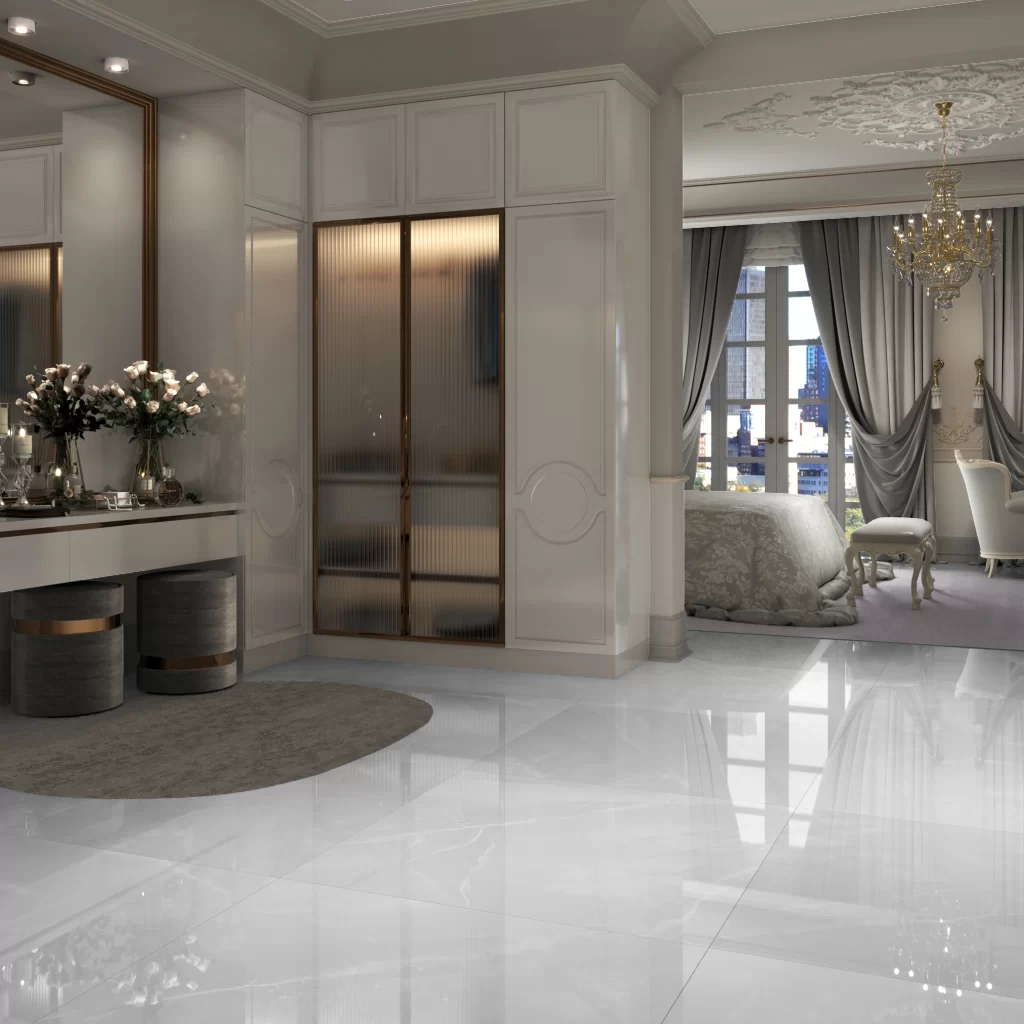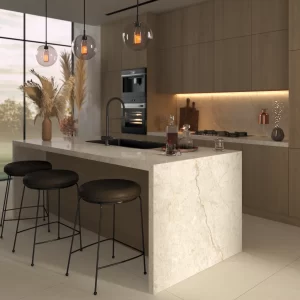The Ultimate Guide to Tiles and Porcelain: Durability, Design, and Timeless Appeal Tiles have long been a cornerstone of architectural elegance and functional design, but few materials rival the versatility and beauty of porcelain tiles. From high-end interiors to commercial builds, porcelain tiles offer durability, minimal maintenance, and diverse aesthetics. In this guide, we’ll explore the benefits, types, manufacturing process, applications, and care tips for porcelain tiles.
What Are Porcelain Tiles?
Porcelain tiles are a type of ceramic tile made from highly refined clay, fired at extreme temperatures to achieve superior density and strength. Unlike standard ceramic tiles, porcelain is less porous and more resistant to water and stains, making it ideal for both indoor and outdoor applications.
Key Features:
High durability and wear resistance
Low water absorption
Stain-resistant and easy to clean
Suitable for floor and wall installations
Available in various finishes: polished, matte, textured|

Design Versatility of Porcelain Tiles
Porcelain tiles are celebrated for their design flexibility. Thanks to digital printing technology, they can mimic natural stone, wood, concrete, and even luxurious textiles.
Popular Styles:
Marble-look porcelain: Adds luxury without the maintenance
Wood-look porcelain: Offers warmth with the benefits of tile
Concrete-look tiles: Ideal for modern, industrial aesthetics
Geometric and patterned designs: Perfect for statement spaces
Trending Colors:
Neutral tones: beige, gray, taupe
Bold accents: navy, emerald, black
Classic whites for timeless elegance
How Are Porcelain Tiles Made?
Porcelain tiles are produced through a precise and refined process:
Preparation of clay and minerals
High-pressure forming into molds
Drying and precision shaping
Firing at over 1200°C (2192°F)
Glazing and finishing (if required)
This results in tiles with low porosity, making them suitable for wet areas such as bathrooms, kitchens, and pools.
Applications of Porcelain Tiles
Porcelain tiles adapt seamlessly to residential and commercial settings.
Residential Uses:
Kitchen floors and backsplashes
Bathroom walls and shower enclosures
Living room flooring
Outdoor patios and terraces Commercial Uses:
Hotel lobbies and corridors
Restaurants and retail spaces
Office flooring and conference rooms
Healthcare and educational facilities
Porcelain tiles are especially valued in high-traffic areas due to their scratch resistance and longevity.
Feature Porcelain Tile Ceramic Tile
Material Refined clay Natural clay
Water Absorption Less than 0.5% Up to 3–7%
Durability High Moderate
Ideal Uses Indoor & Outdoor Mostly Indoor
Price Range Slightly higher More budget-friendly
Porcelain vs. Ceramic Tiles:
What’s the Difference?
Environmental Benefits of Porcelain
Tiles Porcelain tiles are eco-friendly by nature. Many manufacturers now offer options with recycled content, and the long lifespan reduces the need for frequent replacement.
Non-toxic and VOC-free
Recyclable
Energy-efficient production options
Ideal for green building certifications like LEED
How to Care for Porcelain Tiles Maintaining porcelain tiles is refreshingly simple:
Sweep or vacuum regularly
Mop with a mild detergent and warm water
Avoid abrasive brushes and harsh chemicals
Seal grout lines periodically (especially in wet areas)

Why Choose Porcelain Tiles for Your Next Project? Porcelain tiles offer:
Elegant design choices
Longevity and performance
Low maintenance
Eco-conscious material
Excellent value for cost Whether you’re a homeowner seeking a stylish upgrade or a designer working on large-scale renovations, porcelain tiles promise beauty and resilience.

